Wild Isles Sir David Attenborough: release date and all you need to know about the new BBC series
The new five-part series will celebrate the wonders of the islands that we call home...
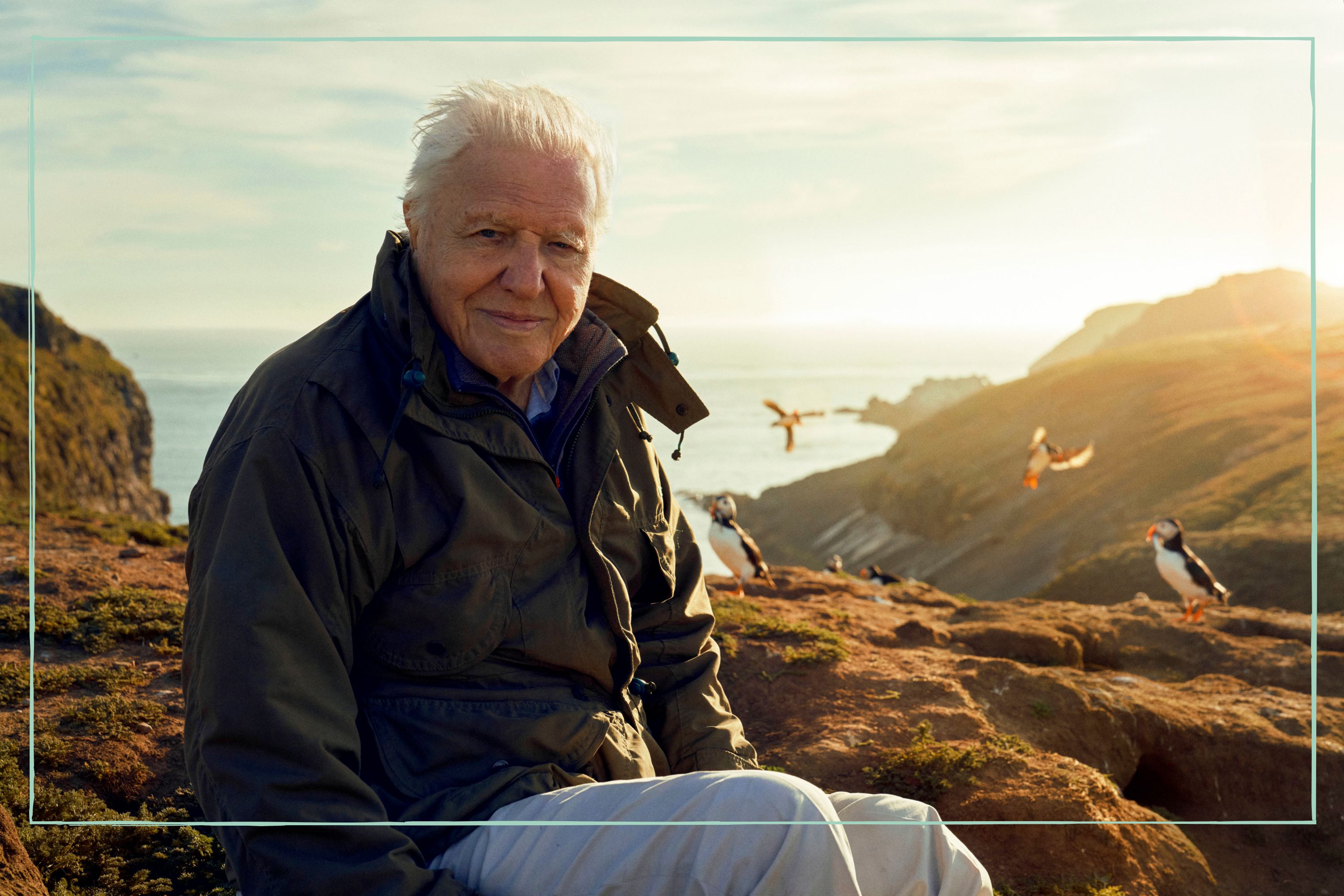
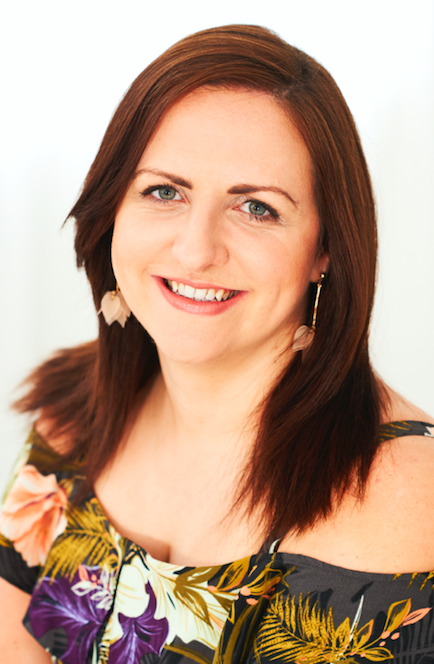
Sir David Attenborough returns to screens with a brand new series that looks at the diverse wildlife and beautiful landscapes as we look at Wild Isles release date and all you need to know about the new BBC series.
Following on from Frozen Planet II, and having inspired a new BBC Let It Grow podcast and TV show, and the upcoming Planet Earth III, Sir David has a new set of documentaries as he gets us closer to nature once more.
Filmed over the course of three years, this new five-part series will investigate how our woodland, grassland, freshwater and ocean habitats support wildlife of all kinds. Using the very latest technology, each episode will capture dramatic and new behaviour across the British Isles, from battling butterflies to mighty killer whales on the hunt.
Here's all you need to know...
What is the new David Attenborough Wild Isles?
The new Sir David Attenborough Wild Isles BBC series will celebrate the wonders of the islands that we call home, revealing the surprising and dramatic habitats that exist right on our doorstep. It’s our home, as you’ve never seen it before.
Sir David explained what's so unique about the new show, ‘’In my long life, I’ve been lucky enough to travel to almost every part of the globe and gaze upon some of its most beautiful and dramatic sights. But I can assure you that nature in these islands, if you know where to look, can be just as dramatic and spectacular as anything I’ve seen elsewhere.
"The British Isles are globally important for nature. In this series we’ll show you why that is so and celebrate the wonders of these islands that we call home," he added.
GoodtoKnow Newsletter
Parenting advice, hot topics, best buys and family finance tips delivered straight to your inbox.
A post shared by Silverback Films (@silverback_films)
A photo posted by on
Britain and Ireland are also revealed as a globally important destination for tens of thousands of migrating birds. Each year on the east coast of Scotland, 75,000 pairs of gannets arrive on Bass Rock to nest*, forming the biggest colony of northern gannets in the world.
On the west coast, abundant food and a mild climate attract enormous flocks of barnacle geese which travel to Islay to feed on the lush grass, but they must watch out for white-tailed eagles that have learnt to hunt them down. One reason for Britain and Ireland’s natural wealth is its geology, which is among the most diverse on the planet. It ranges from the chalk formations of southern England to the limestone pavements of Yorkshire, and from the rugged granite of Northumberland to the volcanic basalt of the Giant’s Causeway in Northern Ireland. Another reason our British Isles are so diverse is due to the great range in temperature, from the subtropical conditions in the south to the frozen Arctic conditions of the Cairngorms in the north. From the varied rocks and minerals across our fluctuating isles, unique habitats have arisen.
Despite these rich and varied habitats, Britain and Ireland are among the most nature-depleted countries in the world. From a busy puffin colony, Sir David Attenborough highlights this issue and asks how we can restore our once wild isles for future generations.
Wild Isles Sir David Attenborough release date
Wild Isles with Sir David Attenborough is set to be released on Sunday 12th March at 7pm with Episode One: Our Precious Isles being aired on BBC One and iPlayer. The new series brings with it some remarkable findings; Lords and ladies plant pollination–filmed in Bristol, this plant heats up and releases afoul-smelling scent that is irresistible to flies, tricking them to enter its flower. The fly lands on a slippery leaf and slides down, becoming trapped inside. The plant keeps it hostage before showering the fly with pollen then allowing it to escape.
The team had to make tiny windows in the sides of the flowers to film the structures within. Thermal cameras captured glowing images of plants heating up to lure in the flies and the team could also feel the heat by placing their face next to the plant. It required carefully timed observation, as each plant heats up for just four hours before it starts to wilt the following day.
Camerawoman Katie Mayhew said, “Surprisingly the ripe flowers only stayed hot for a few hours during their life cycle and at their hottest they really did smell-you could even feel the heat by touch. Capturing the colour to thermal transitional shots was a complicated task, like filming a puzzle.
"First, we captured a series of images on a low light colour camera which we then could stitch together to create a very large image. Then we had to capture exactly to the sequence of images with the thermal camera so that the overall stitched images from the colour and thermal would match.
These master images could then be transitioned from colour to thermal to take the viewer from what we humans see and what really is going on with the flower.”
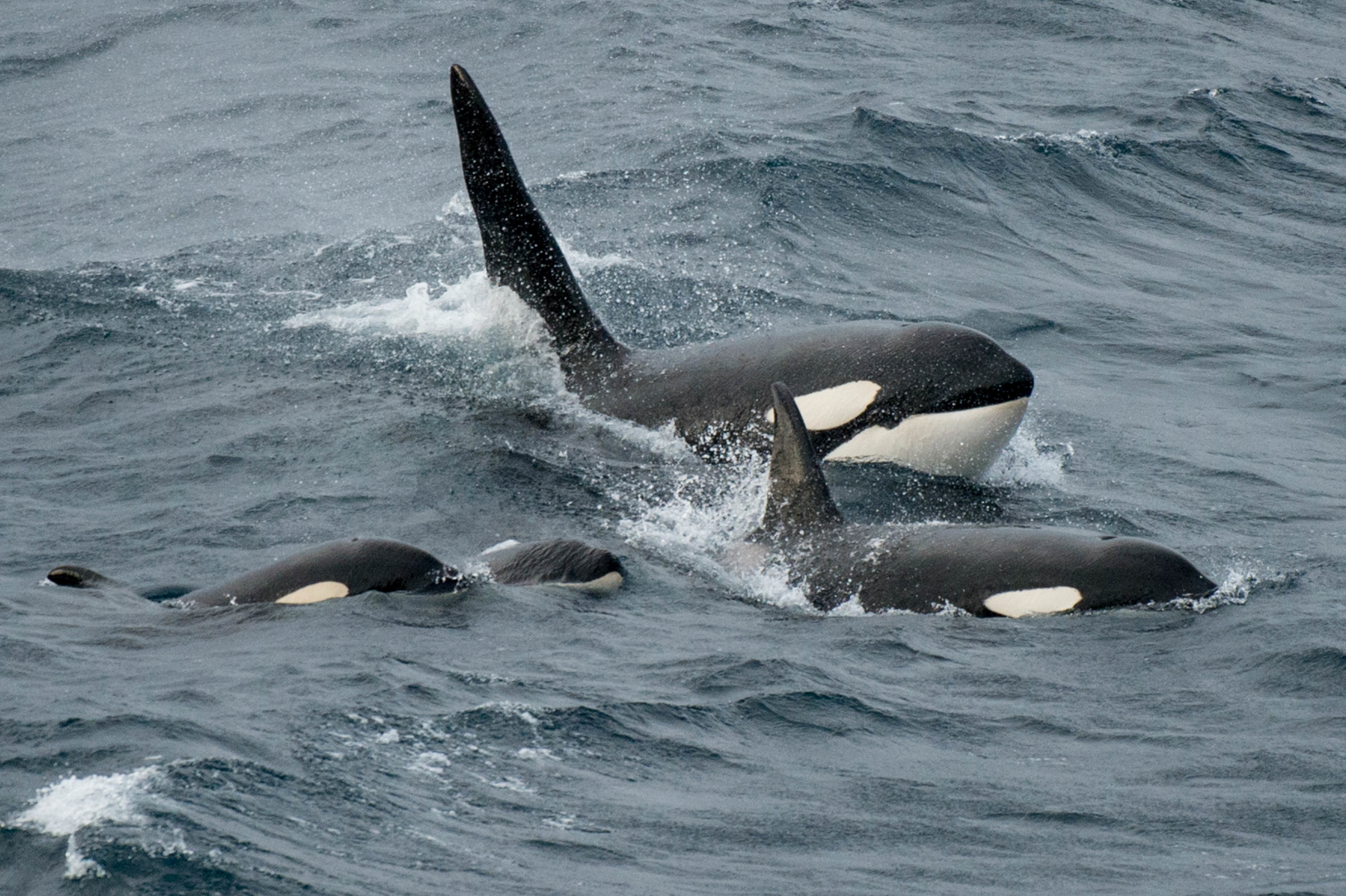
A filming first saw White-tailed eagles hunting geese and for the first time the whole hunting sequence has been filmed. White-tailed eagles have a two-metre wingspan and are the largest bird of prey in Britain.Formerly extinct in the British Isles, around a dozen now spend winter in Islay. Britain is listed as the worst country in the G7 for wildlife and wild spaces lost due to human activity*, but these eagles are a good example of how the restoration of habitats and the reintroduction of species has enabled us to film behaviours once lost to our isles*. Capturing the whole hunt required a co-ordinated team of specialist long lens camera people and wildlife spotters. The white-tailed eagles ranged over vast areas, so the team had to keep in close communication working in hides positioned at eagle hot spots around Islay. It took several trips and more than 70 days filming.
And that's not all, there was some remarkable behaviour captured involving Orca, Britain’s largest marine predator, that can reach lengths of almost 10 metres and weigh up to 10 tonnes. Shetland is the only place in the British Isles where orca breed.
Show bosses explained, "We filmed a remarkable feeding strategy in which the orca appear to go silent as they approach the seals, in an apparent attempt not to scare them off. The team filmed this footage over three years using drones and specialist camera equipment on board their boat. The crew were in contact with a group of about 250 local people who helped them to trace the orca along the coast and were able to film the hunt in its entirety."

Where is the Wild Isles?
The Wild Isles is an area that encompasses the bleak heights of the Cairngorms, the ancient woodlands of Essex, the storm-lashed islands of Ireland's west coast and the lush fields of Devon. The film crews for this series filmed in a total of 145 locations over three years to get enough footage for five episodes featuring an incredible 96 species.
The highest point filmed was just off the summit of Cairngorm which is 1,245m high and Sir David Attenborough attended six filming locations;
- Old Harry Rocks, in Dorset, to introduce the series
- Richmond Park to introduce Woodland
- A hay meadow inDorset to introduce Grassland
- A chalk stream in Wiltshire to introduce Freshwater
- Green Bridge on the Pembrokeshire Coast to introduce Ocean
- Skomer Island, off Pembrokeshire, to do the closing piece for Our Precious Islesand Ocean
Tune in to Wild Isles on Sunday 12th March at 7pm with Episode One: Our Precious Isles being aired on BBC One and iPlayer.
Related BBC Features:
- Who is replacing Ken Bruce on Radio 2?
- Where is Sarah Lancashire from, does she have children and who is her husband?
- Happy Valley Season 3
- Where is Animal Park filmed?
- The Gold TV series: Cast and is it based on a true story?
Video of the week:

Selina is a Senior Family Writer for GoodtoKnow and has more than 16 years years of experience. She specialises in royal family news, including the latest activities of Prince George, Charlotte, Louis, Archie and Lilibet. She also covers the latest government, health and charity advice for families. Selina graduated from the University of Sheffield in 2006 with a degree in Journalism, and gained her NCTJ and NCE qualifications. During her career, she’s also written for Woman, Woman's Own, Woman&Home, and Woman's Weekly as well as Heat magazine, Bang Showbiz - and the Scunthorpe Telegraph. When she's not covering family news, you can find her exploring new countryside walking routes, catching up with friends over good food, or making memories (including award-winning scarecrows!)
-
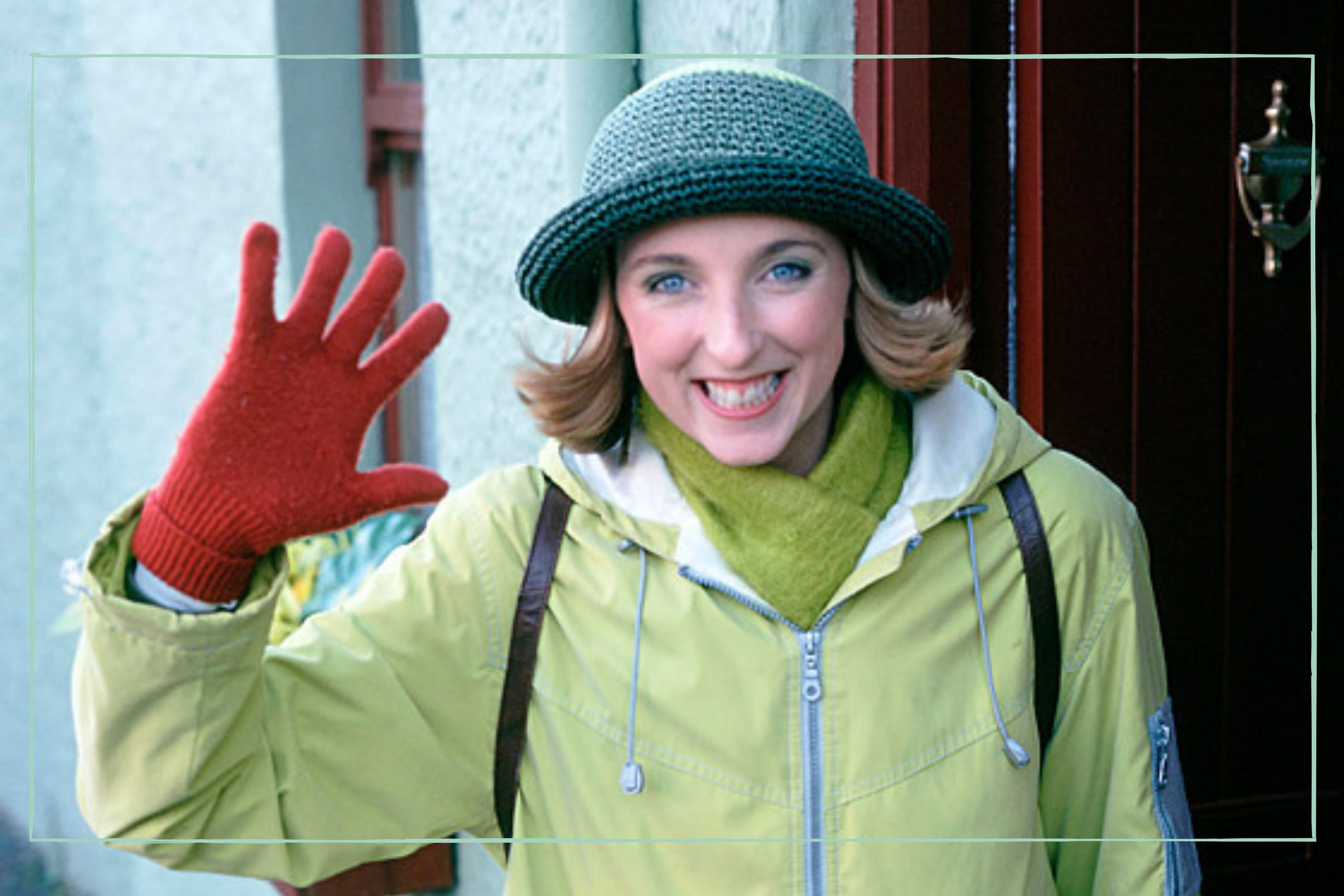 Balamory is back after two decades - why we can’t wait for the reboot of the iconic BBC series
Balamory is back after two decades - why we can’t wait for the reboot of the iconic BBC seriesWhat's the story in Balamory? Now you can find out, as the BBC announces the return of the beloved children's series nearly 20 years after the final episode aired.
By Lucy Wigley Published
-
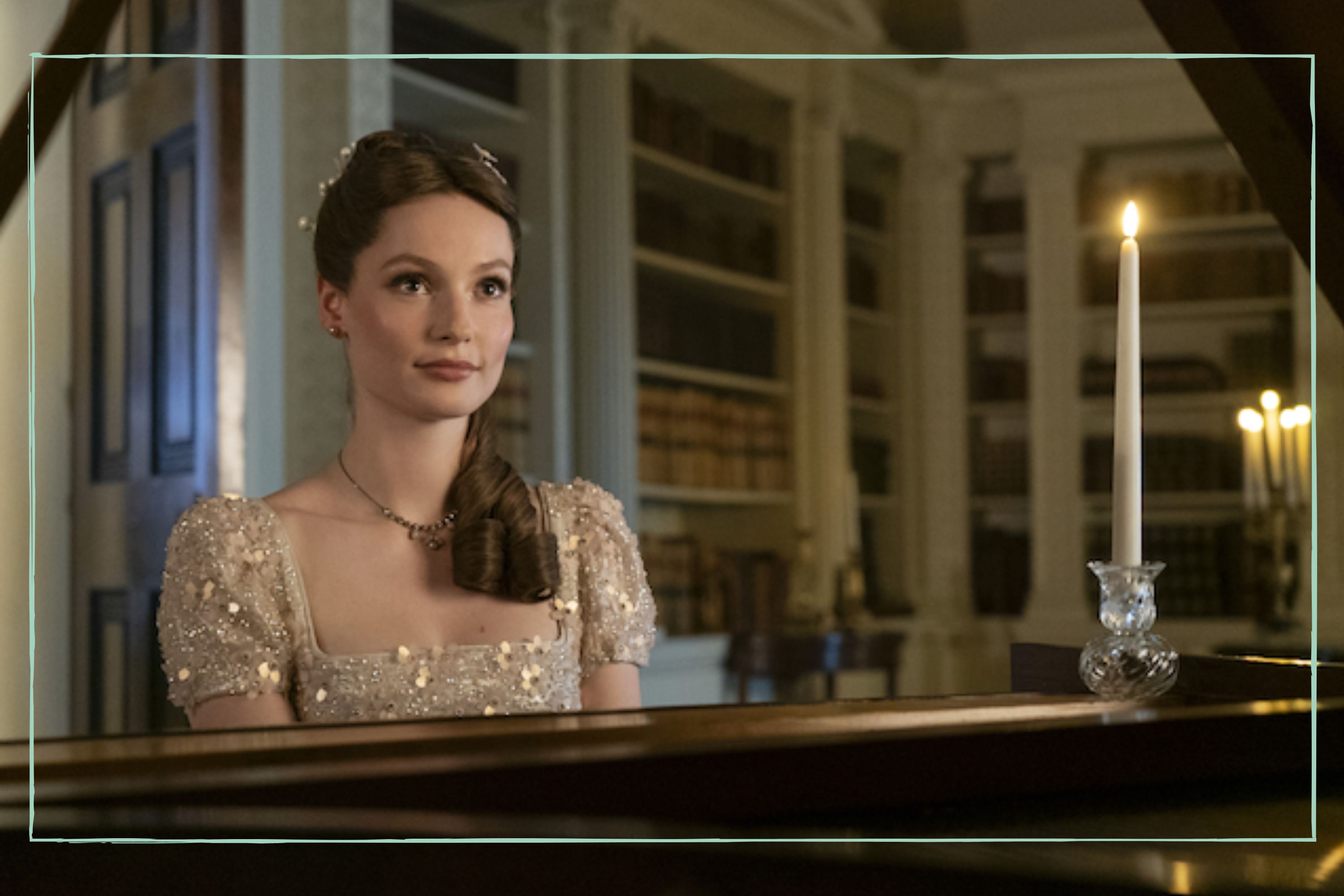 Is Francesca in Bridgerton gay? With more great representation in the show, this expert shares how to start the conversation around sexuality with your teen if they’re watching
Is Francesca in Bridgerton gay? With more great representation in the show, this expert shares how to start the conversation around sexuality with your teen if they’re watchingIs Francesca in Bridgerton gay? It's a question many have asked, and you might need to have conversations around sexuality with your teen if they’re watching.
By Lucy Wigley Published
-
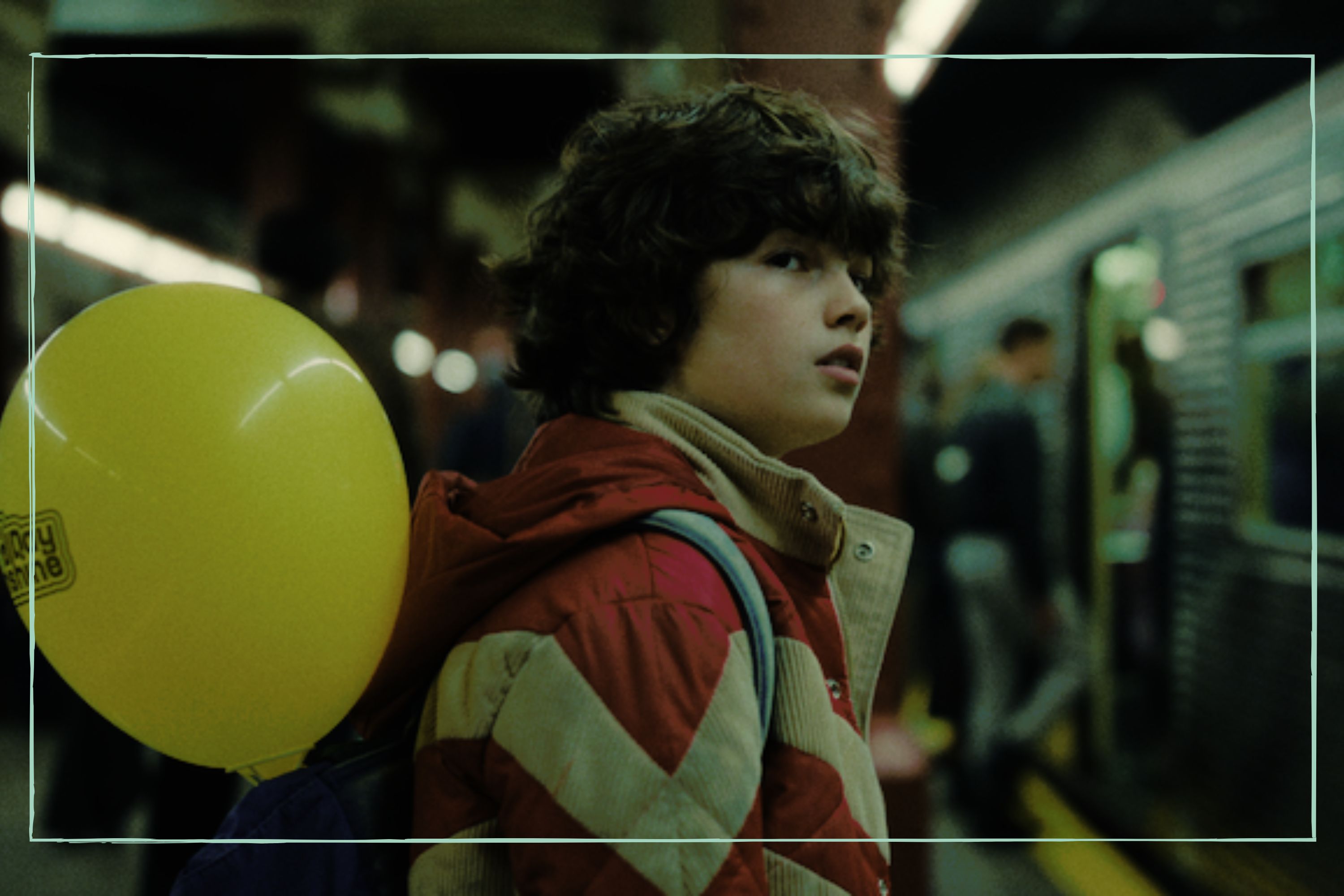 Is Eric a true story? Benedict Cumberbatch lives every parent’s worst nightmare in new Netflix show
Is Eric a true story? Benedict Cumberbatch lives every parent’s worst nightmare in new Netflix showIs Eric a true story? Every parent’s worst nightmare plays out in Netflix's latest show, against a backdrop of 80s New York grappling with AIDS and racism.
By Lucy Wigley Published
-
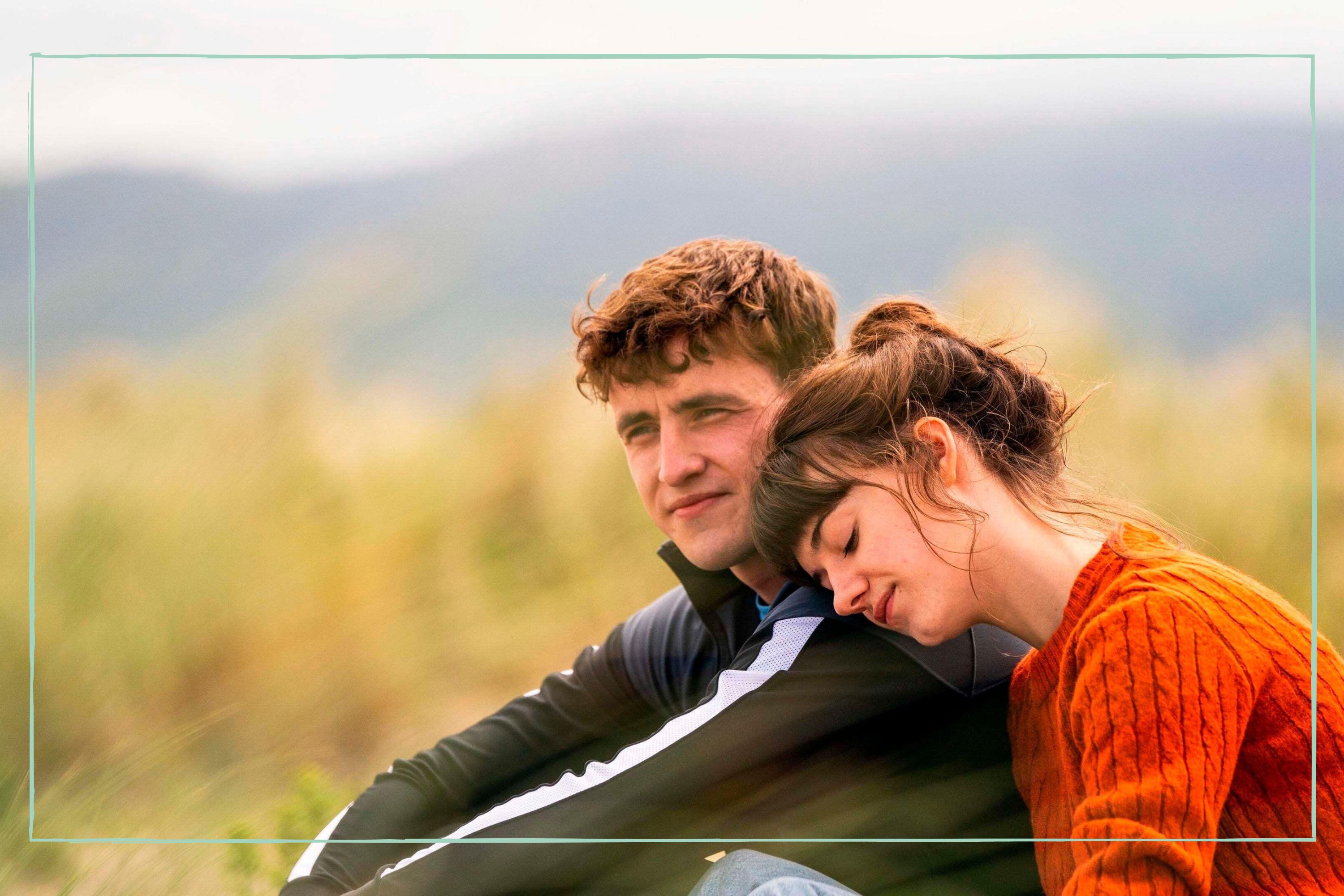 Normal People season 2 rumours are circulating, and we have our own Marianne and Connell 'first love' stories to share
Normal People season 2 rumours are circulating, and we have our own Marianne and Connell 'first love' stories to shareNormal People season 2 rumours are flying around, and we have our own Marianne and Connell moments to share - because everyone remembers their first heartbreak.
By Lucy Wigley Published
-
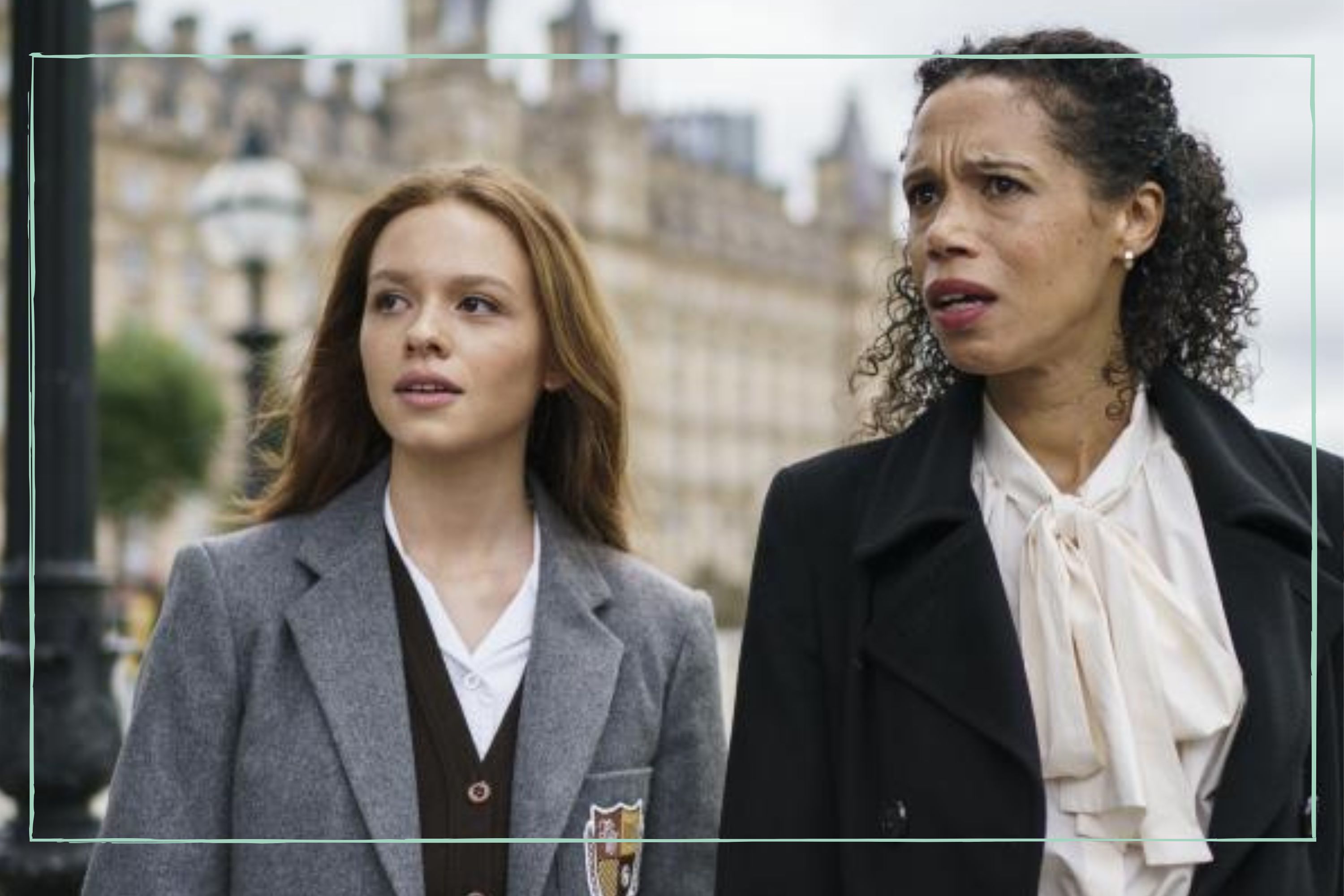 Channel 4 drama The Gathering explores 'toxic teenagers and their even more toxic parents' in an online world dominated by social media
Channel 4 drama The Gathering explores 'toxic teenagers and their even more toxic parents' in an online world dominated by social mediaNew Channel 4 drama explores the challenges of impossible standards set by social media, and how parents themselves become toxic in their need to protect their kids.
By Lucy Wigley Published
-
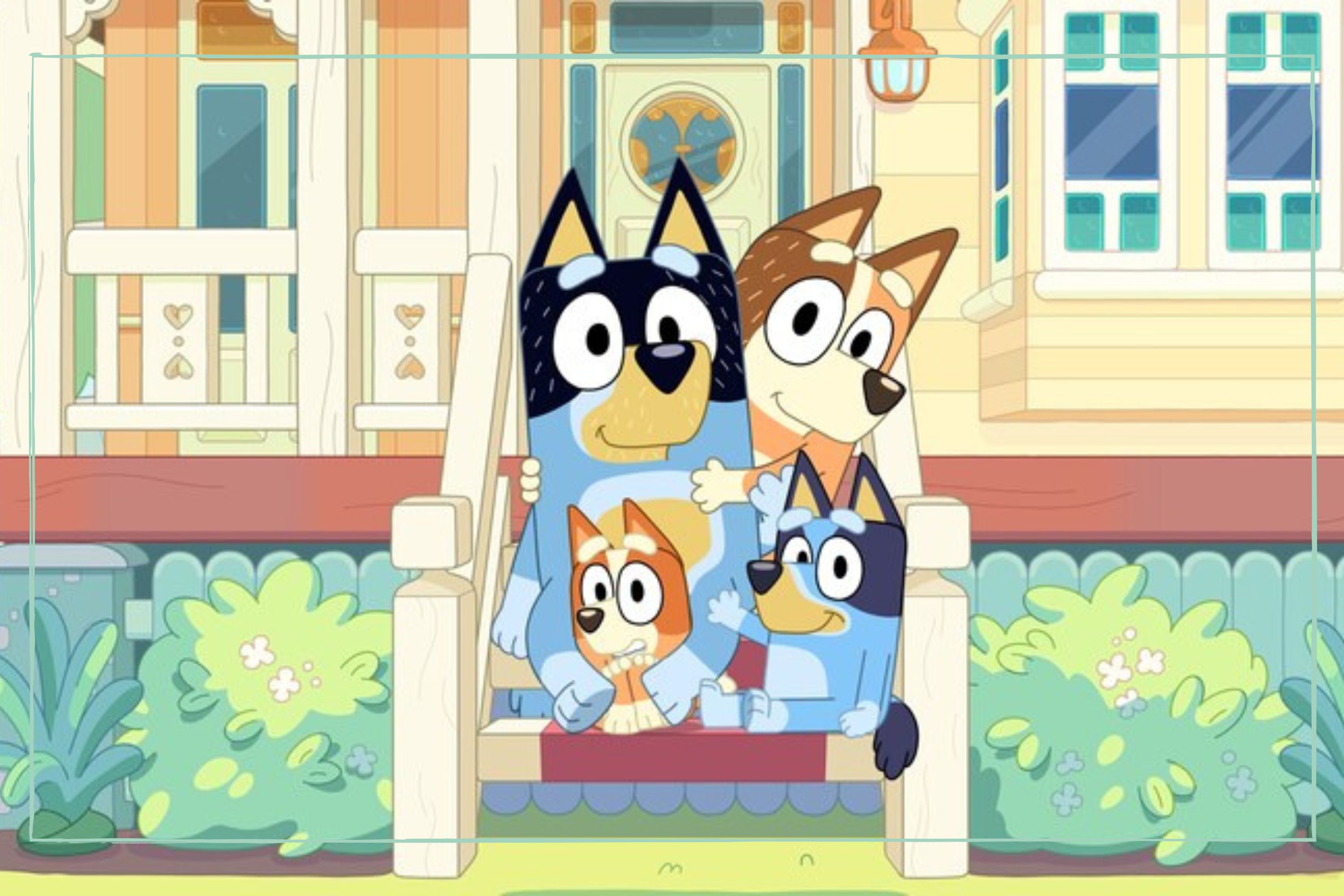 Is Brandy pregnant? Bluey fans think the Heelers could be about to welcome a new cousin following the season 3 finale
Is Brandy pregnant? Bluey fans think the Heelers could be about to welcome a new cousin following the season 3 finaleEagle-eyed Bluey viewers are wondering if Aunt Brandy is pregnant, following a touching moment in the season three finale.
By Ellie Hutchings Published
-
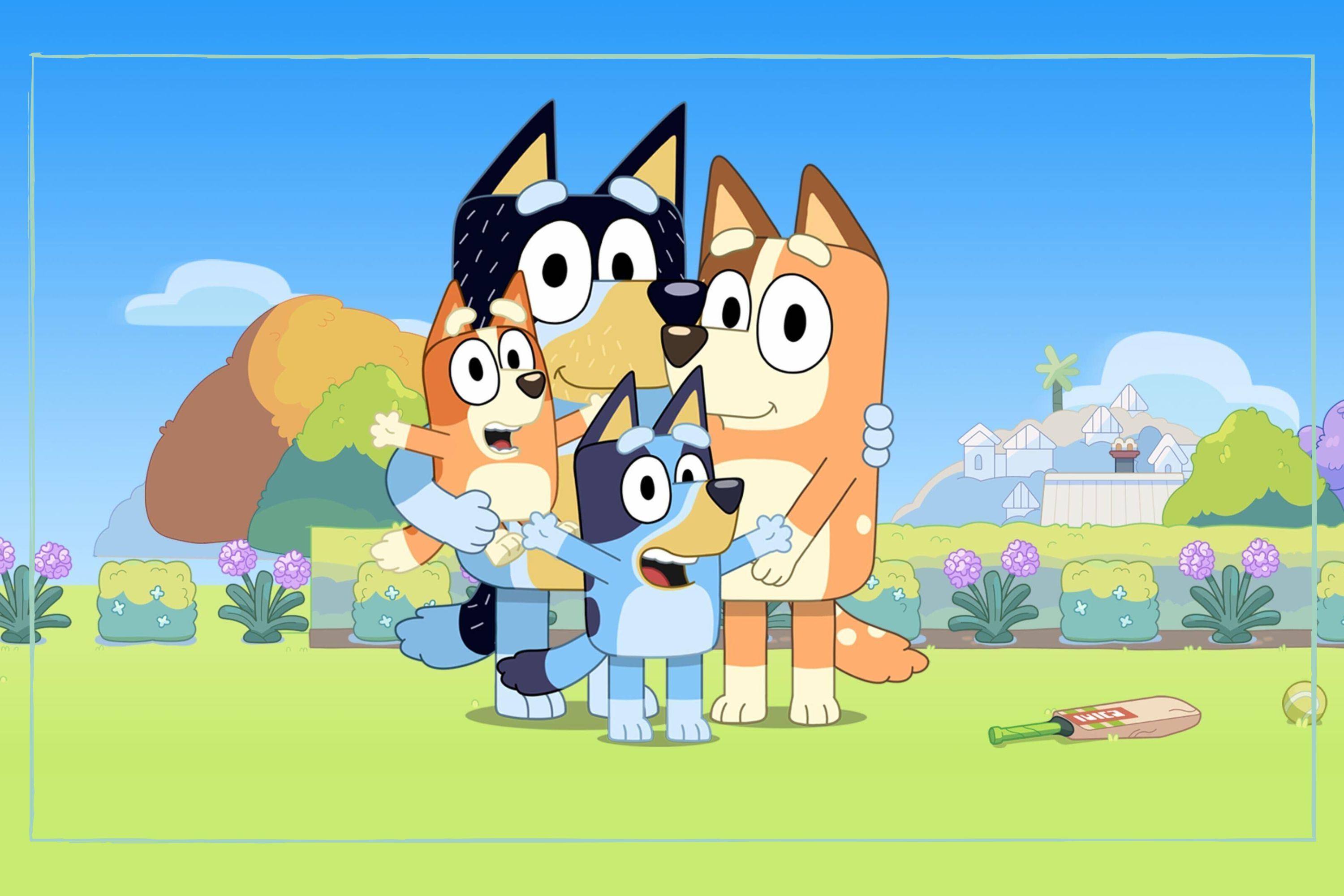 Is Bluey ending? What we know about the rumours around the kids' cartoon, as the Heelers put their house up for sale
Is Bluey ending? What we know about the rumours around the kids' cartoon, as the Heelers put their house up for saleBluey's producer has shared an update on the show's future
By Ellie Hutchings Published
-
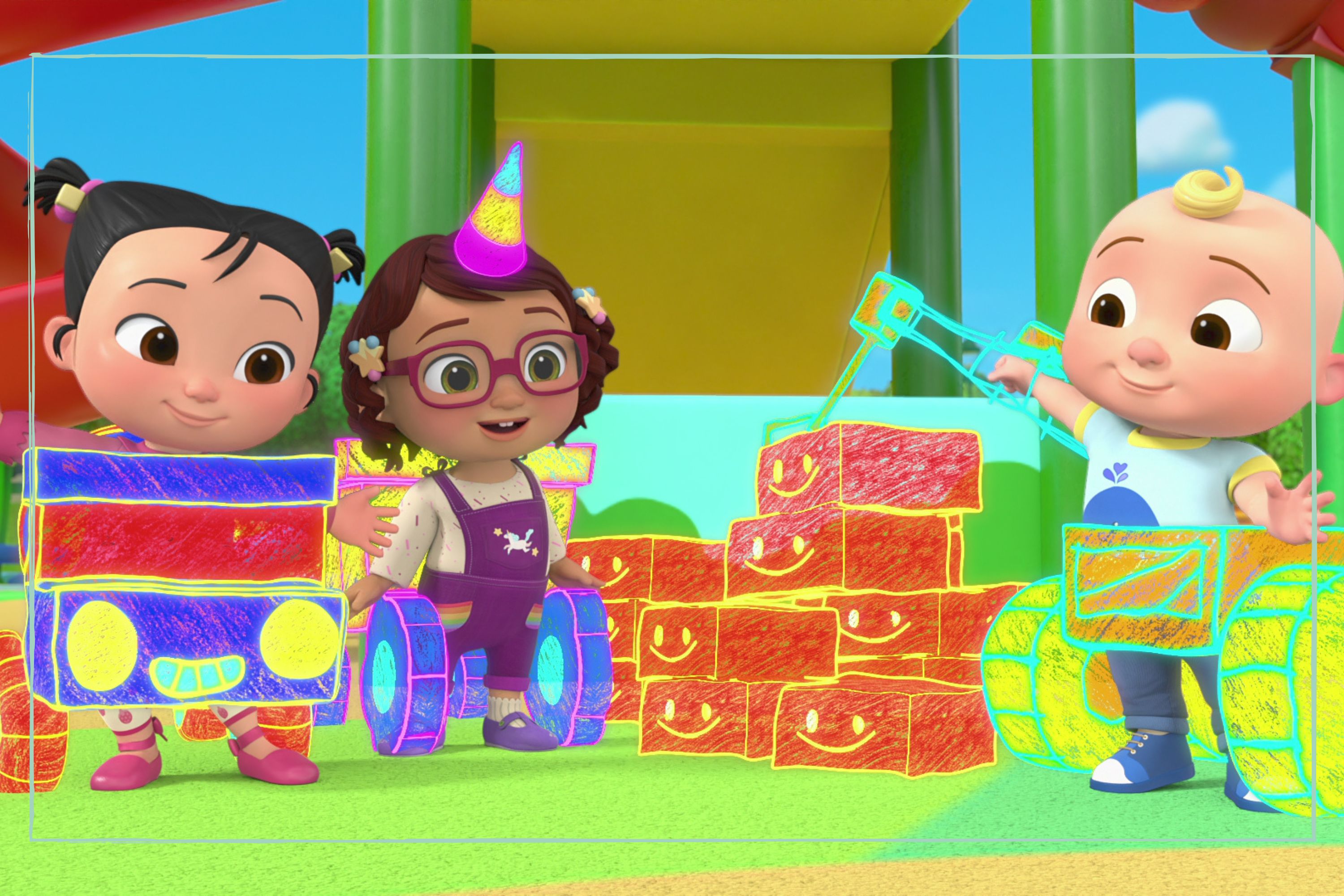 CoComelon has been accused of being 'overstimulating' - the experts explain why it's ok to let your kid watch the popular cartoon
CoComelon has been accused of being 'overstimulating' - the experts explain why it's ok to let your kid watch the popular cartoonCoComelon is adored by kids around the world, but some experts have shared reasons they don't think children should be watching - we look at both sides of the argument.
By Lucy Wigley Published